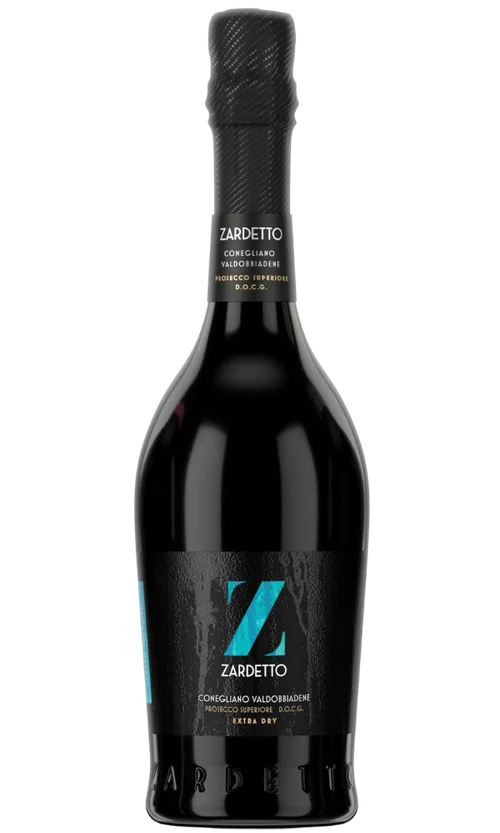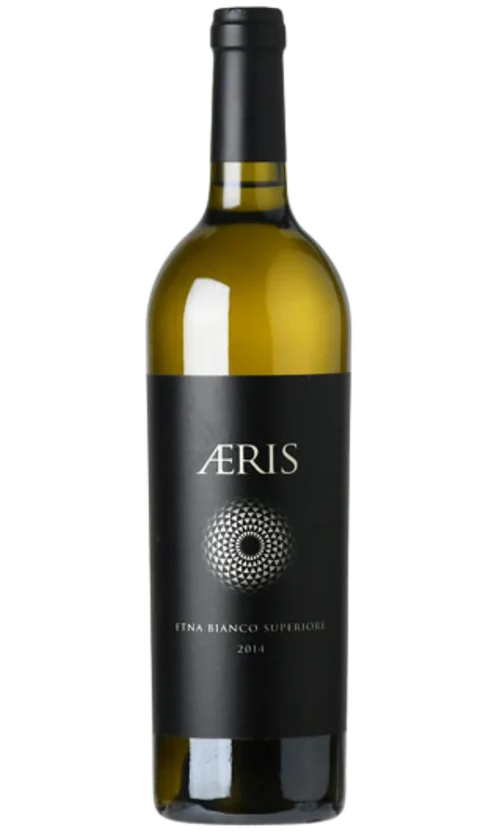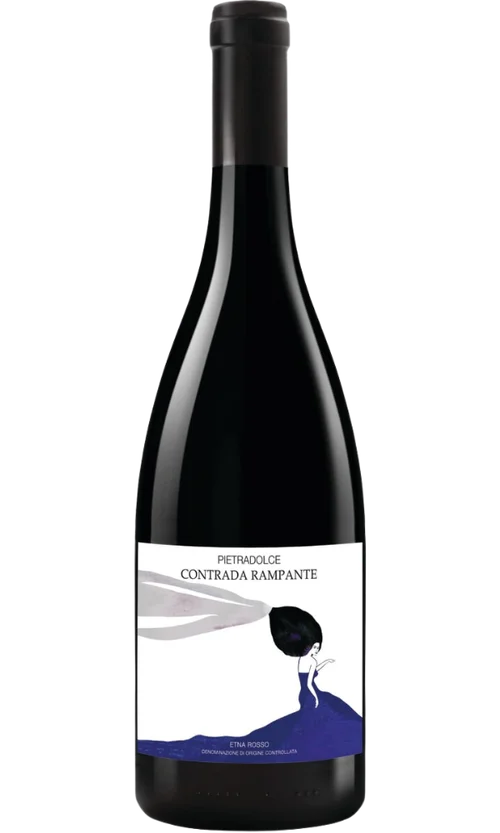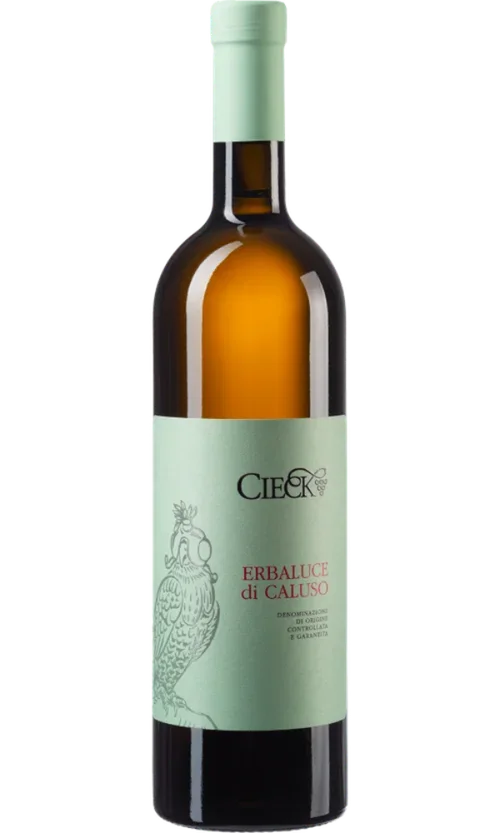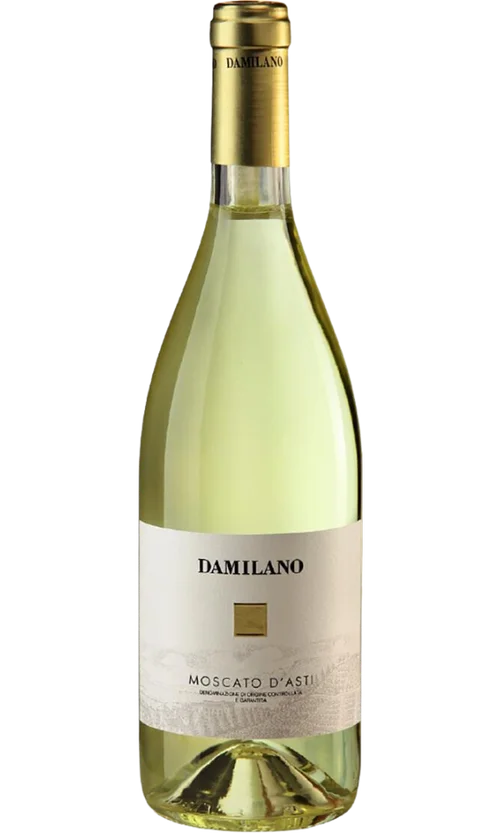Region
North America
Europe
Other
Collections
- Member Favorite
- Limited Time Offer2020 Castello di Bossi Berardo Chianti Classico Riserva Tuscany
Price was $32.99
$27- $27 1-11 bottles 18% off
- $25 12+ bottles 24% off
1-11 bottles - Member Favorite
- Member Favorite2022 Giuseppe Zorzettig Sauvignon Friuli Colli Orientali$22
- $22 1--1 bottles 0% off
- 2022 Ornellaia Le Serre Nuove dell’Ornellaia Bolgheri Rosso Tuscany
Price was $90
$69- $69 1--1 bottles 23% off
- Member Favorite
- Member Favorite
- Member Favorite
- Member Favorite
- Organic
- Member Favorite2017 Casalcomignoli by Carlin de Paolo Barbaresco Piedmont
Price was $45
$27- $27 1--1 bottles 40% off
- Member Favorite
- 2019 Castello Romitorio Filo di Seta Brunello di Montalcino
Price was $147
$99- $99 1--1 bottles 33% off
- Organic
- Organic
- Member Favorite




